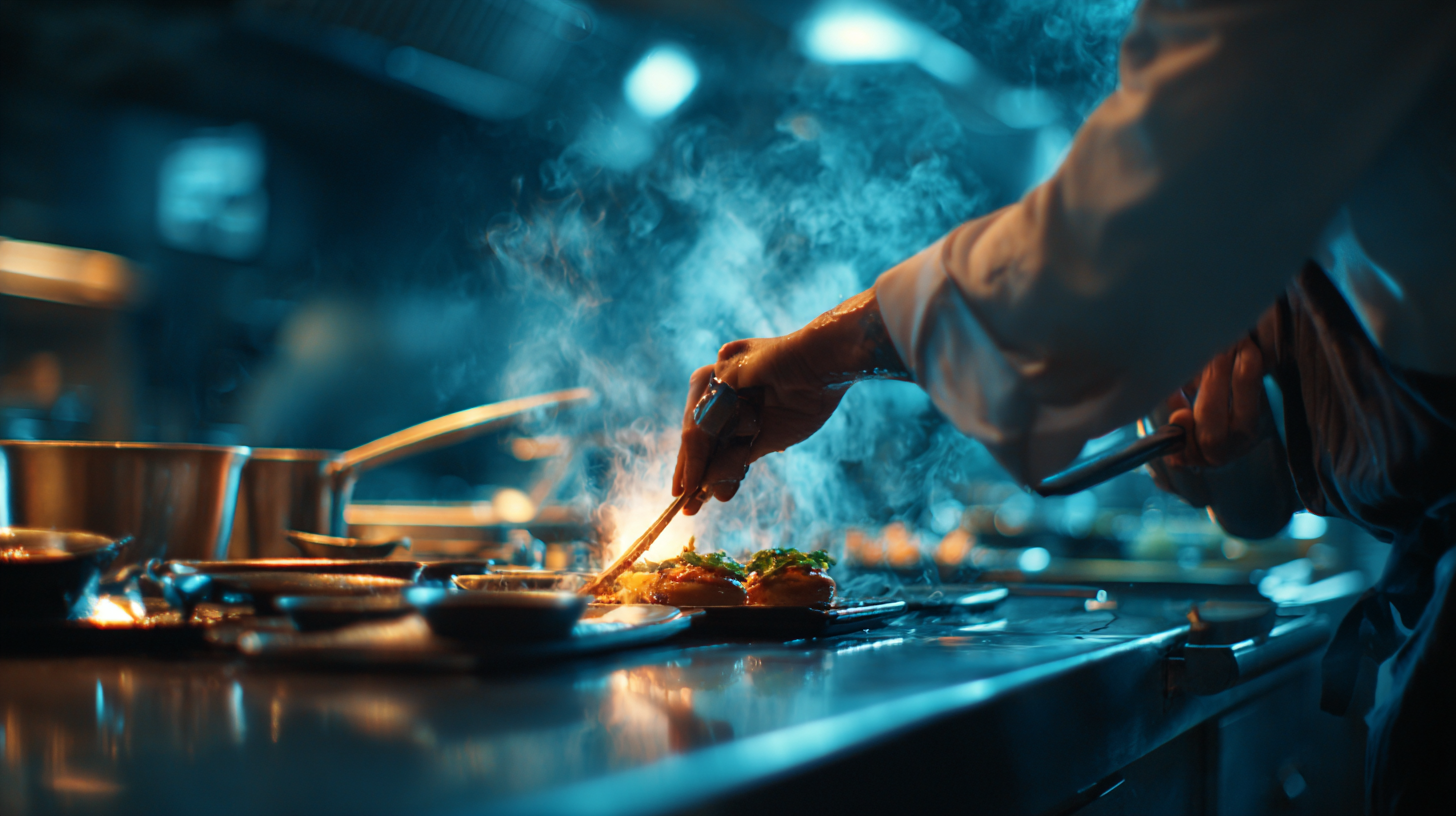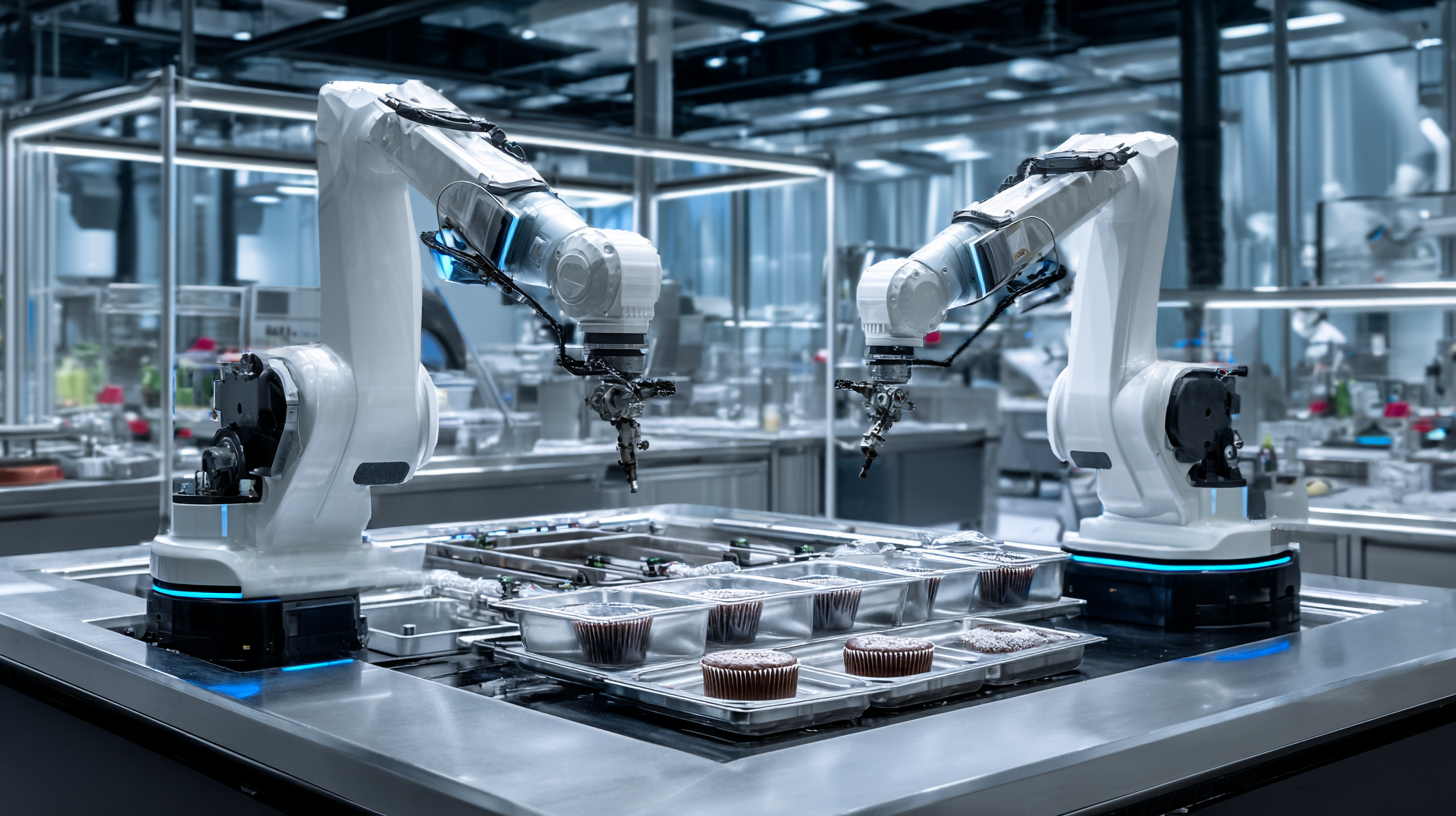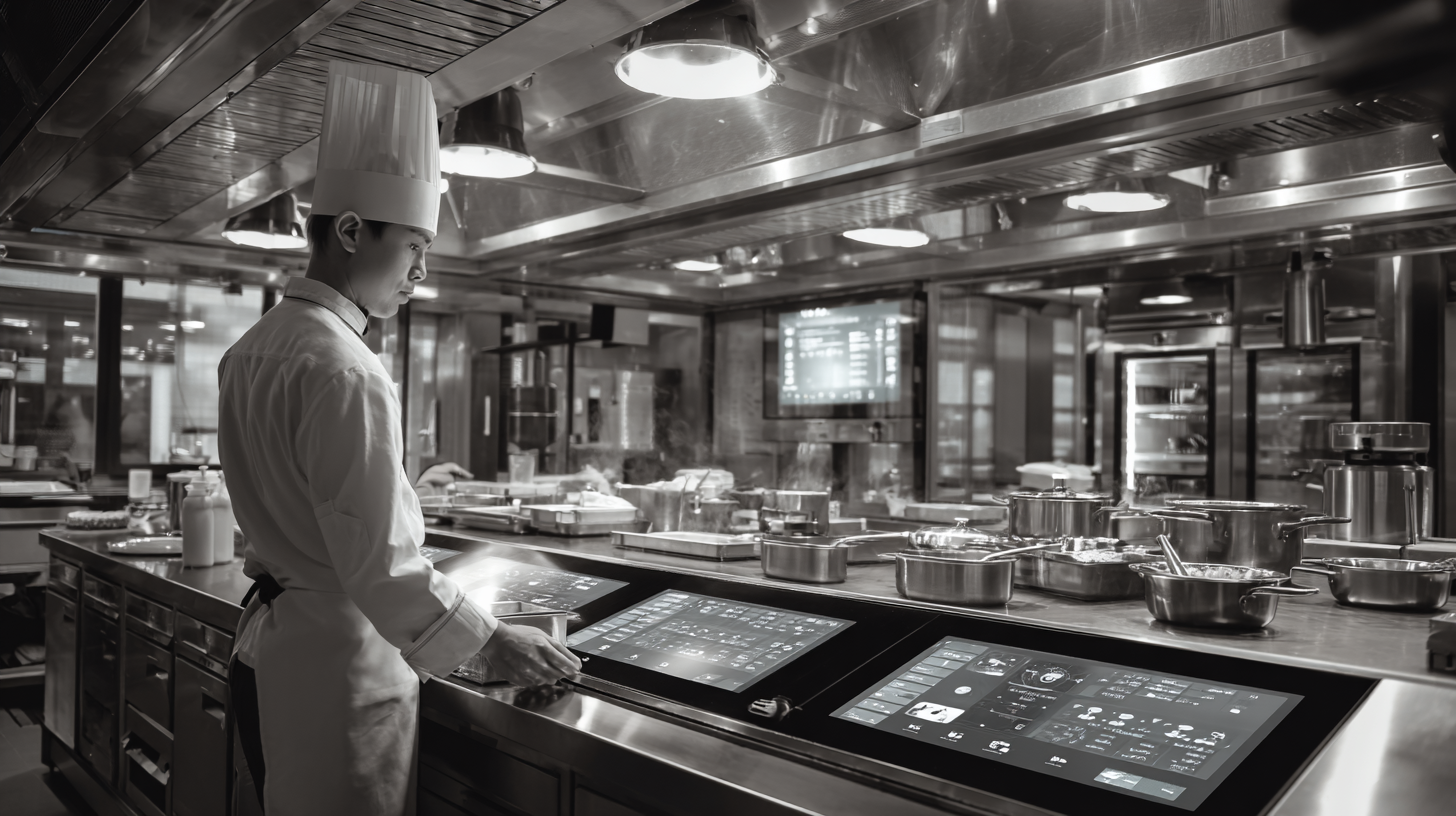The culinary industry is on the brink of a transformative era, fueled by advancements in food automation that promise to redefine how we experience gastronomy. According to a report by Allied Market Research, the global food automation market is projected to reach $26.4 billion by 2026, growing at a compound annual growth rate (CAGR) of 6.3%. This surge is driven by the increasing demand for efficiency, consistency, and innovation in food preparation and service. As consumers seek unique dining experiences, restaurants and food producers are turning to automation solutions to enhance quality control and streamline operations. By integrating technologies such as robotics and artificial intelligence, the industry is not only improving operational efficiency but also elevating culinary creativity. As we explore the profound implications of food automation, it becomes clear that this revolution is not just about technology; it’s about reshaping the future of dining experiences worldwide.

The integration of advanced food automation technologies, particularly
artificial intelligence (AI), is reshaping the landscape of culinary experiences.
AI streamlines food production by optimizing processes through machine learning and
computer vision, leading to greater efficiency and precision. With automated systems, manufacturers can enhance product quality while reducing operational costs.
This shift not only transforms food processing but also significantly alters distribution channels, ensuring fresher produce reaches consumers more effectively.
Moreover, robotics in agriculture exemplifies the tangible benefits of automation in enhancing sustainability and productivity.
By automating routine tasks, farmers can focus on strategic decision-making and resource management. However, the rise of automation brings forth complexities, particularly concerning its impact on the workforce.
While some jobs may be displaced, the need for skilled workers who can operate these advanced systems is on the rise, ultimately fostering a more productive workforce.
As the food industry embraces these advanced technologies, it is crucial to navigate the balance between innovation and its social implications, ensuring a progressive and inclusive future for both producers and consumers.
The integration of robotics in culinary processes is transforming the food industry, offering unparalleled efficiency and consistency. According to a report by the International Federation of Robotics, the global market for food robotics is projected to grow by 25% annually, reaching $3.5 billion by 2026. This surge is largely driven by the growing demand for automation in food preparation, where precision and speed are paramount. Robotics systems can perform repetitive tasks such as chopping, mixing, or even plating, allowing chefs to focus on creativity and innovation in their culinary art.

Moreover, robotic solutions significantly enhance food safety and hygiene standards. The Centers for Disease Control and Prevention (CDC) estimates that foodborne illnesses affect 48 million people in the U.S. annually. By employing robotics for tasks requiring high levels of sanitation, kitchens can minimize human error and contamination risks, ensuring that food is prepared safely. As automation becomes more integrated into culinary processes, restaurants and food producers are not only improving operational efficiency but also tackling the challenges of workforce shortages and rising labor costs. In fact, a recent survey from Food & Beverage magazine found that 66% of operators believe that investing in technology, particularly robotics, is essential to remaining competitive in the industry.
Implementing food automation in restaurants can significantly enhance operational efficiency and customer experience. A step-by-step approach begins with assessing the current kitchen processes and identifying areas for automation. By leveraging AI technologies, restaurants can streamline service, reduce wait times, and personalize dining experiences. Smart kitchen systems can analyze incoming orders in real-time, optimize inventory management, and predict food demand more accurately, which is especially crucial in a rapidly evolving market.
Once the assessment is complete, the next step involves selecting suitable automation solutions tailored to the restaurant's needs. Options may include AI-driven cooking equipment, automated ordering systems, and even robotic delivery services. Training staff to effectively integrate these technologies into daily operations is vital to ensure a smooth transition. As automation becomes more prevalent, establishing protocols for maintaining food quality and safety will be essential to uphold customer satisfaction and trust.
The landscape of food production is undergoing a significant transformation as businesses increasingly turn to automation to maximize efficiency. Implementing advanced food automation solutions can streamline various processes, from ingredient handling to cooking and packaging. By integrating automated systems, companies can reduce labor costs, enhance precision in ingredient utilization, and minimize waste, ultimately leading to a more sustainable production line.
Best practices in food production automation include thorough analysis of workflow to identify bottlenecks and areas for improvement. Emphasizing modular automation systems allows for scalability, enabling businesses to adjust operations based on seasonal demands and consumer preferences. Additionally, investing in training for staff to manage and maintain these automated systems ensures seamless integration and operation, promoting a culture of continuous improvement. The adoption of smart technologies, such as AI and IoT, can further enhance these practices by providing real-time data analytics, helping businesses make informed decisions that drive efficiency and quality.

As culinary automation technology continues to evolve, the future trends indicate a transformative shift in both food preparation and customer engagement. One significant trend is the rise of artificial intelligence in kitchens, allowing for personalized meal recommendations based on dietary preferences and previous orders. This synergy between technology and personalization enhances the dining experience, making it efficient and tailored to individual tastes.
**Tip:** To stay ahead in the culinary automation game, restaurants can invest in AI systems that analyze customer data to predict preferences and streamline menu options accordingly.
Additionally, robotics is set to play a vital role in food preparation. Automated chefs and delivery systems can ensure consistency in quality and flavor while reducing wait times. This not only saves labor costs but also meets the increasing demand for quick-service dining.
**Tip:** Embracing automation in food preparation can also reduce food waste. Implementing sensors to monitor ingredient freshness can help restaurants prepare only what is needed, maximizing efficiency.
Incorporating these advanced solutions will undoubtedly enhance customer experience, driving satisfaction and loyalty in an increasingly competitive market.
